
The Impact of Blockchain Technology in Revolutionizing Wine Supply Chain: A Comprehensive Guide
Welcome to our comprehensive guide on the impact of blockchain technology in revolutionizing the wine supply chain. In this article, we will explore the potential of distributed ledger technology (DLT) to transform the way wines are produced, distributed, and consumed. Whether you are a wine enthusiast or a professional in the wine industry, understanding the power of blockchain in this context can have profound implications for your personal and professional life.
A Historical Overview
The roots of blockchain technology can be traced back to the invention of Bitcoin in 2008 by an anonymous person or group known as Satoshi Nakamoto. Bitcoin’s underlying technology, known as blockchain, is a decentralized and transparent ledger that records transactions securely, without the need for a central authority. This breakthrough attracted attention across industries, including the wine industry.
In recent years, the wine industry has faced numerous challenges related to supply chain traceability, counterfeiting, and fraud. The use of blockchain offers a potential solution to these problems by providing an immutable and auditable record of each step in the wine supply chain.
Several initiatives and platforms have emerged to explore the application of blockchain in the wine industry. For example, VinX, a blockchain-based wine futures platform, enables wineries to offer pre-release wines directly to consumers, ensuring provenance, authenticity, and transparency. Similarly, platforms like Everledger and VeChain provide end-to-end supply chain traceability, allowing consumers to verify the authenticity and quality of the wine they purchase.
The Advantages of Blockchain in the Wine Industry
Blockchain technology offers several advantages in revolutionizing the wine supply chain:
- Transparency and Traceability: By leveraging blockchain, the wine industry can ensure transparency at every stage of the supply chain. From grape cultivation to bottling and distribution, each transaction is recorded on the blockchain, providing an immutable and auditable record of the wine’s journey.
- Provenance and Authenticity: Blockchain ensures that the origin and authenticity of each bottle of wine can be verified. This helps combat counterfeiting and provides consumers with confidence in the quality and authenticity of the wine they purchase.
- Efficiency and Cost savings: By eliminating intermediaries and streamlining processes, blockchain technology can reduce costs and enhance efficiency in the wine supply chain. Smart contracts deployed on the blockchain can automate tasks and reduce paperwork, saving time and resources for wineries and distributors.
- Data Security and Privacy: Blockchain’s decentralized nature enhances data security and privacy. In a blockchain network, data is distributed across multiple nodes, making it more resilient to cyberattacks and ensuring participants have control over their own data.
Real-World Examples and Practical Applications
Blockchain technology has already been adopted by several players in the wine industry. For example, the wine producer, Tardigrade Wines, has partnered with VinX to leverage blockchain for provenance tracking and secure transactions. By using blockchain, Tardigrade Wines can provide consumers with a complete history of their wines from the vineyard to the bottle.
Additionally, wineries such as Penfolds and Luneau Technology are using blockchain to combat counterfeiting. By integrating NFC (Near Field Communication) chips and blockchain technology, consumers can verify the authenticity of the wine by scanning the bottle with a smartphone.
The Future of Blockchain in the Wine Supply Chain
The potential of blockchain in revolutionizing the wine supply chain is immense. As the technology continues to evolve, we can expect to see further advancements and broader adoption across the industry. Here are some future predictions:
- Improved Wine Quality: Blockchain can enable detailed records of the wine-making process, including soil conditions, weather, and fermentation details. This data can help wineries optimize their processes and improve the quality of their wines.
- Enhanced Consumer Experience: With blockchain, consumers can scan a QR code or NFC chip on a bottle to access detailed information about the wine’s origin, production techniques, and food pairing recommendations. This level of transparency can enhance the overall wine-drinking experience.
- Sustainable Practices: Blockchain can facilitate the implementation of sustainable practices in the wine industry. By accurately tracking and recording each step of the supply chain, wineries can ensure environmentally friendly practices, such as reduced carbon emissions and responsible water usage.
Frequently Asked Questions
Q: How does blockchain ensure the authenticity of wine?
Blockchain ensures the authenticity of wine by recording each transaction and movement on an immutable ledger. This includes details about the origin, cultivation, production, and distribution of the wine. By accessing this information, consumers can verify the authenticity of the wine they purchase.
Q: Can blockchain help prevent counterfeiting in the wine industry?
Yes, blockchain technology can significantly reduce counterfeiting in the wine industry. By establishing a transparent and traceable supply chain, blockchain allows consumers to verify the authenticity and provenance of the wine they buy, ensuring that they are not purchasing counterfeit or substandard products.
Q: How can blockchain improve the efficiency of the wine supply chain?
Blockchain improves the efficiency of the wine supply chain by eliminating intermediaries, automating processes through smart contracts, and reducing paperwork. This results in faster transaction times, reduced costs, and enhanced transparency and trust among participants.
Q: Are there any risks or challenges associated with blockchain in the wine industry?
While blockchain technology offers numerous benefits, there are some challenges to consider. These include the upfront costs of implementing blockchain infrastructure, the need for industry-wide collaboration and standardization, and the integration of legacy systems with blockchain networks. Additionally, ensuring data privacy and protection is crucial, as sensitive information is stored on the blockchain.
We hope this comprehensive guide has provided you with a better understanding of the impact of blockchain technology in revolutionizing the wine supply chain. As the technology continues to evolve, it will be fascinating to witness how blockchain transforms the wine industry and shapes the future of wine production and consumption.
Do you have any thoughts or questions about blockchain in the wine industry? Feel free to share them in the comments below!
More in this category ...
Ripple companions with SBI Group and HashKey DX for XRPL answers in Japan
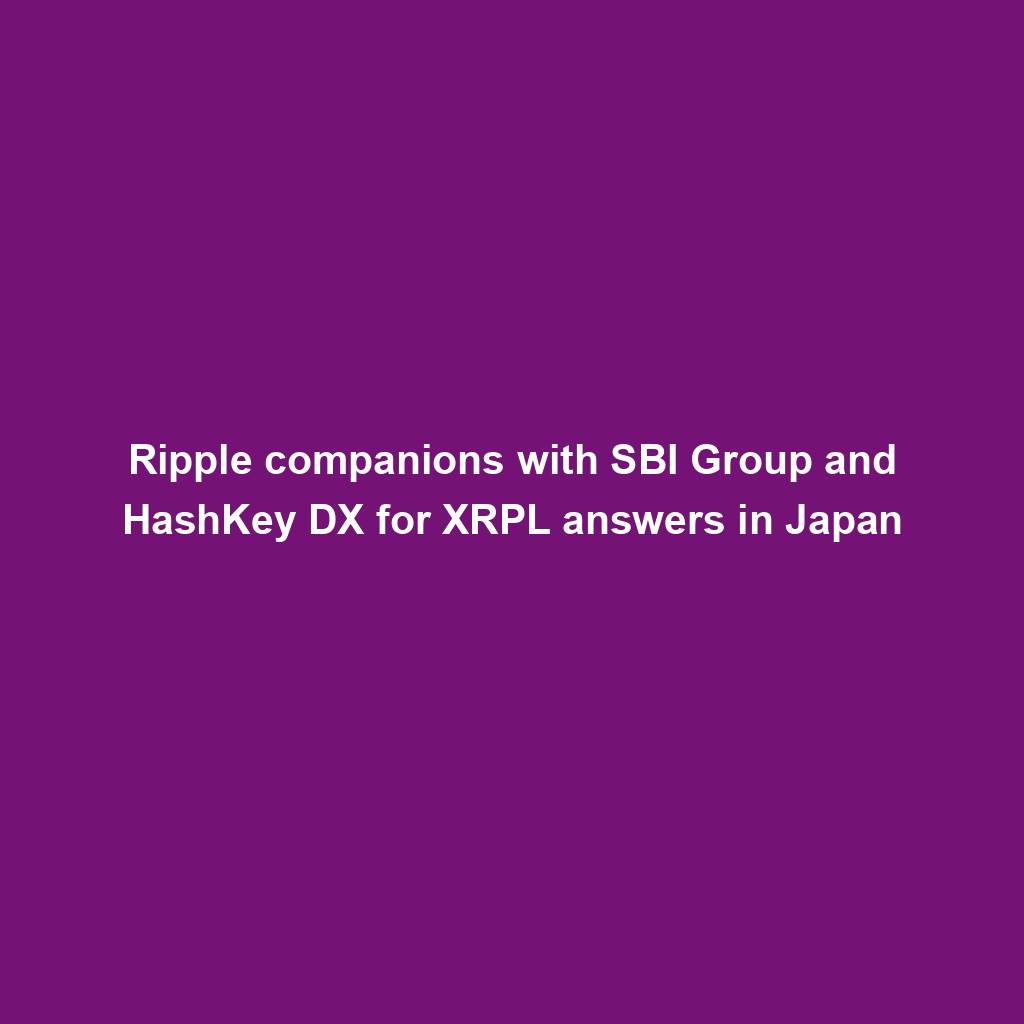
April sees $25M in exploits and scams, marking historic low ― Certik
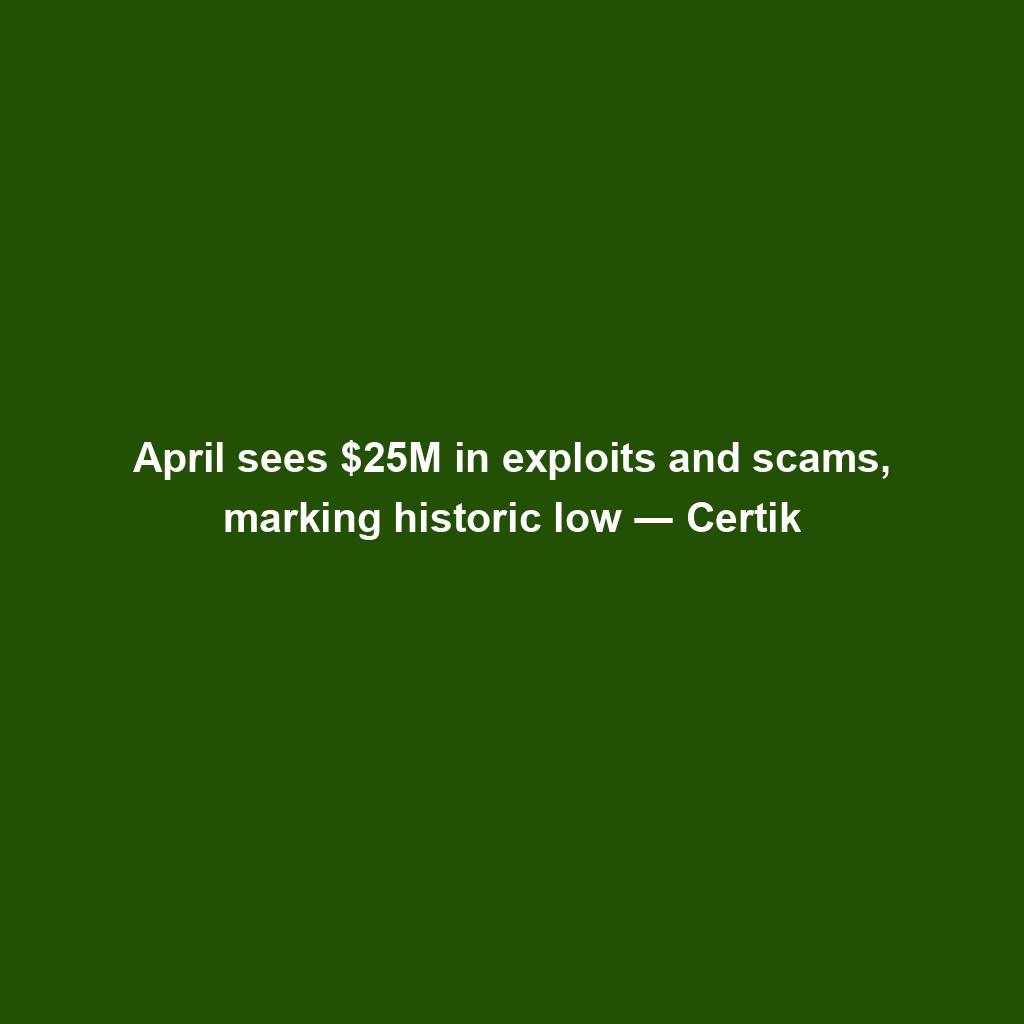
MSTR, COIN, RIOT and different crypto shares down as Bitcoin dips
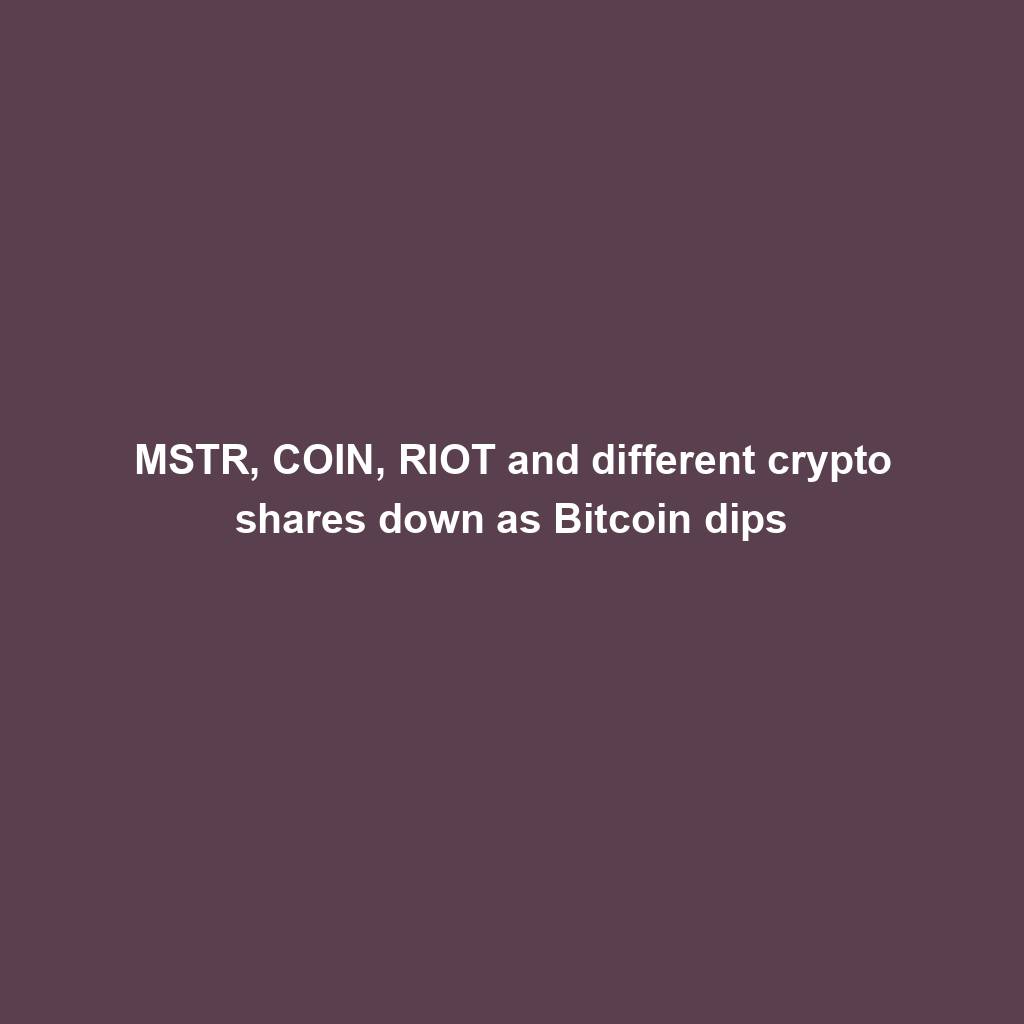
EigenLayer publicizes token release and airdrop for the group
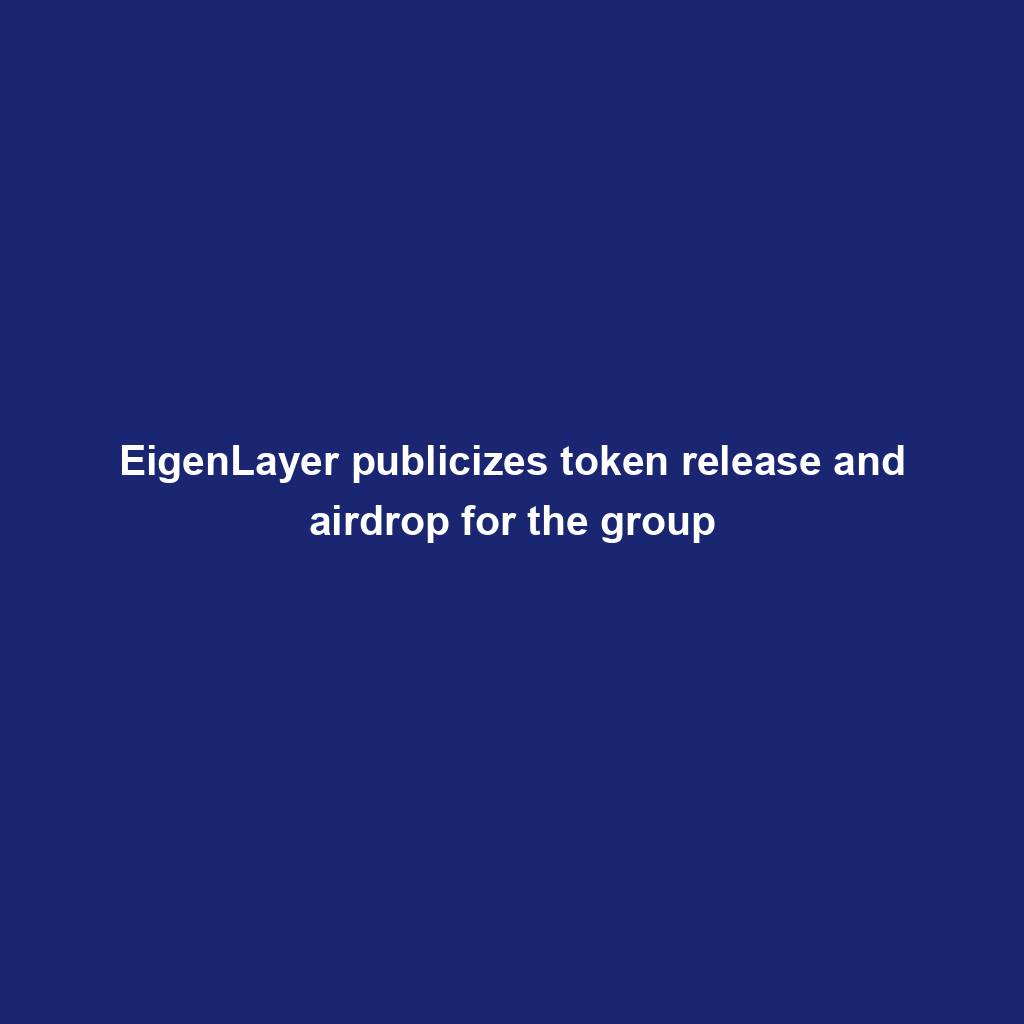
VeloxCon 2024: Innovation in knowledge control

Successful Beta Service release of SOMESING, ‘My Hand-Carry Studio Karaoke App’

Dogwifhat (WIF) large pump on Bybit after record reasons marketplace frenzy
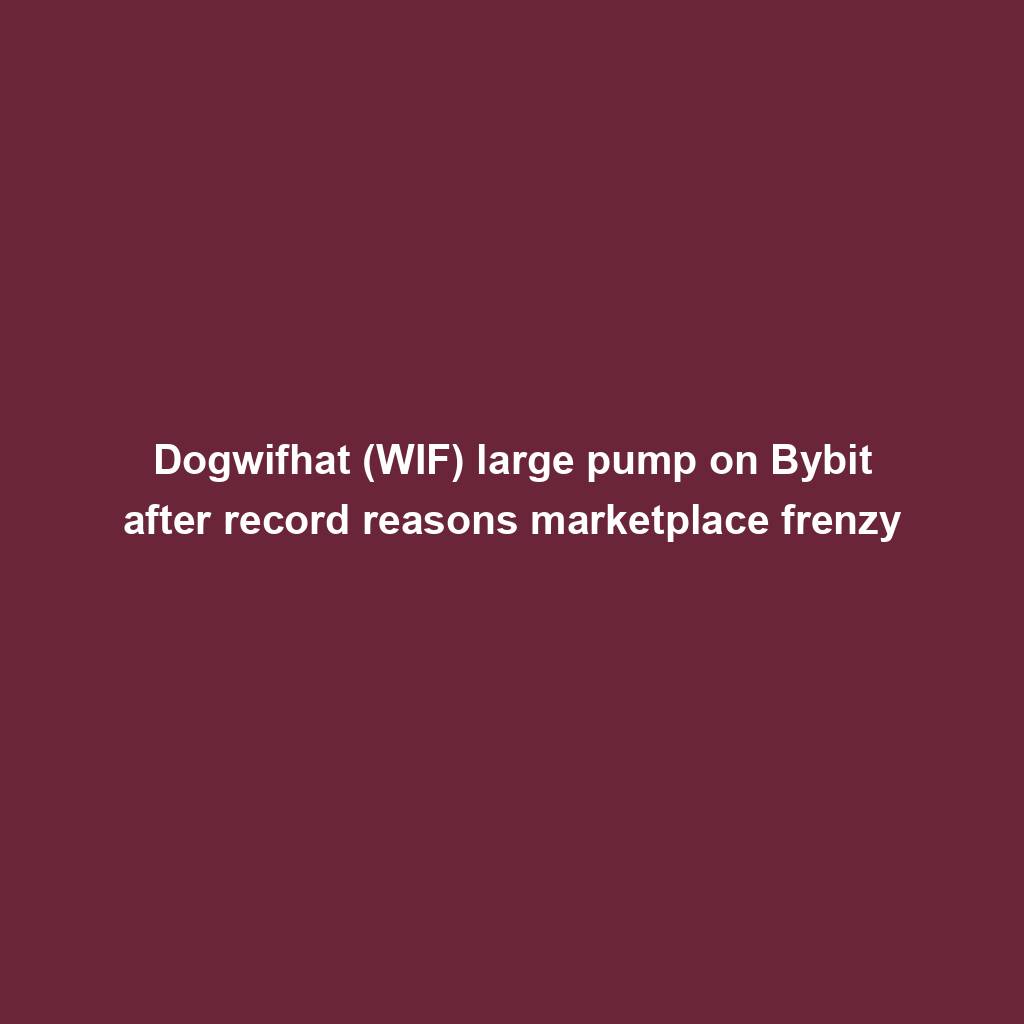
How fintech innovation is riding virtual transformation for communities around the globe
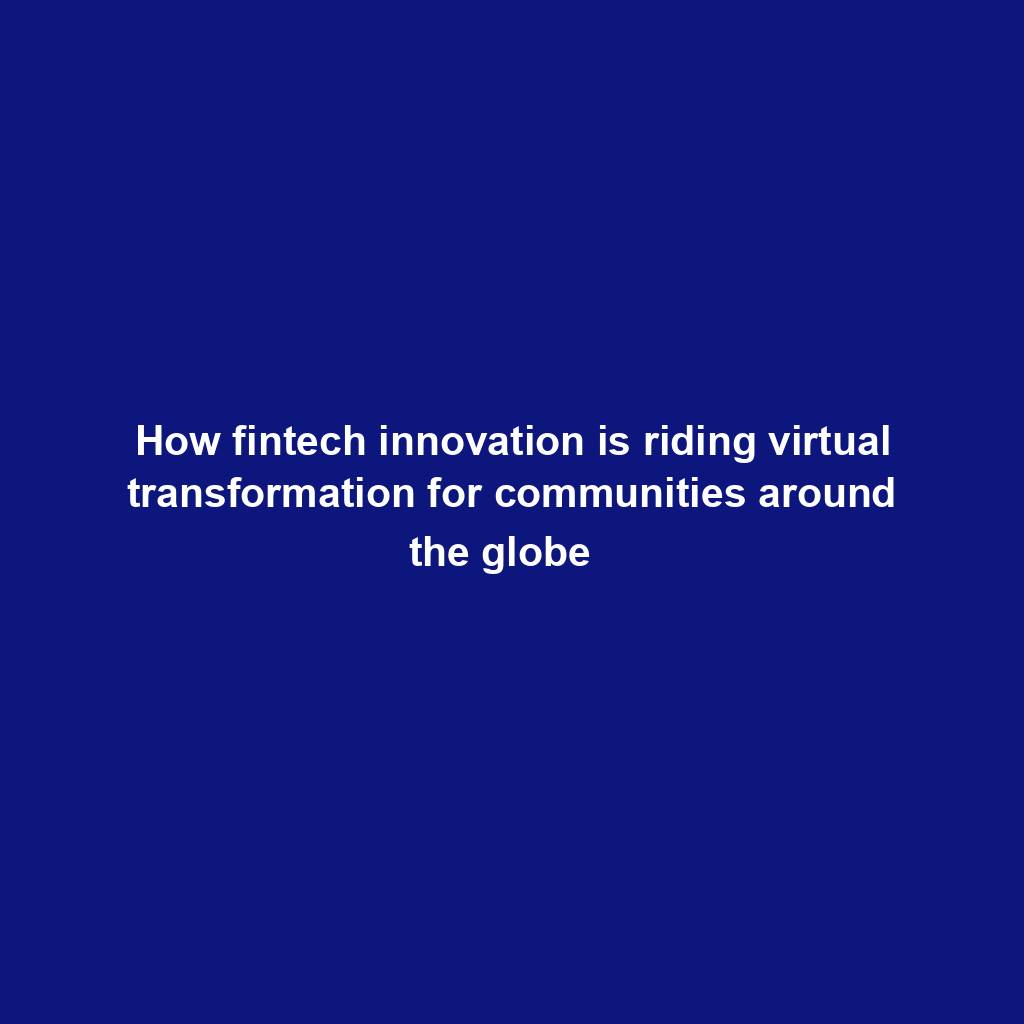
Wasabi Wallet developer bars U.S. customers amidst regulatory considerations
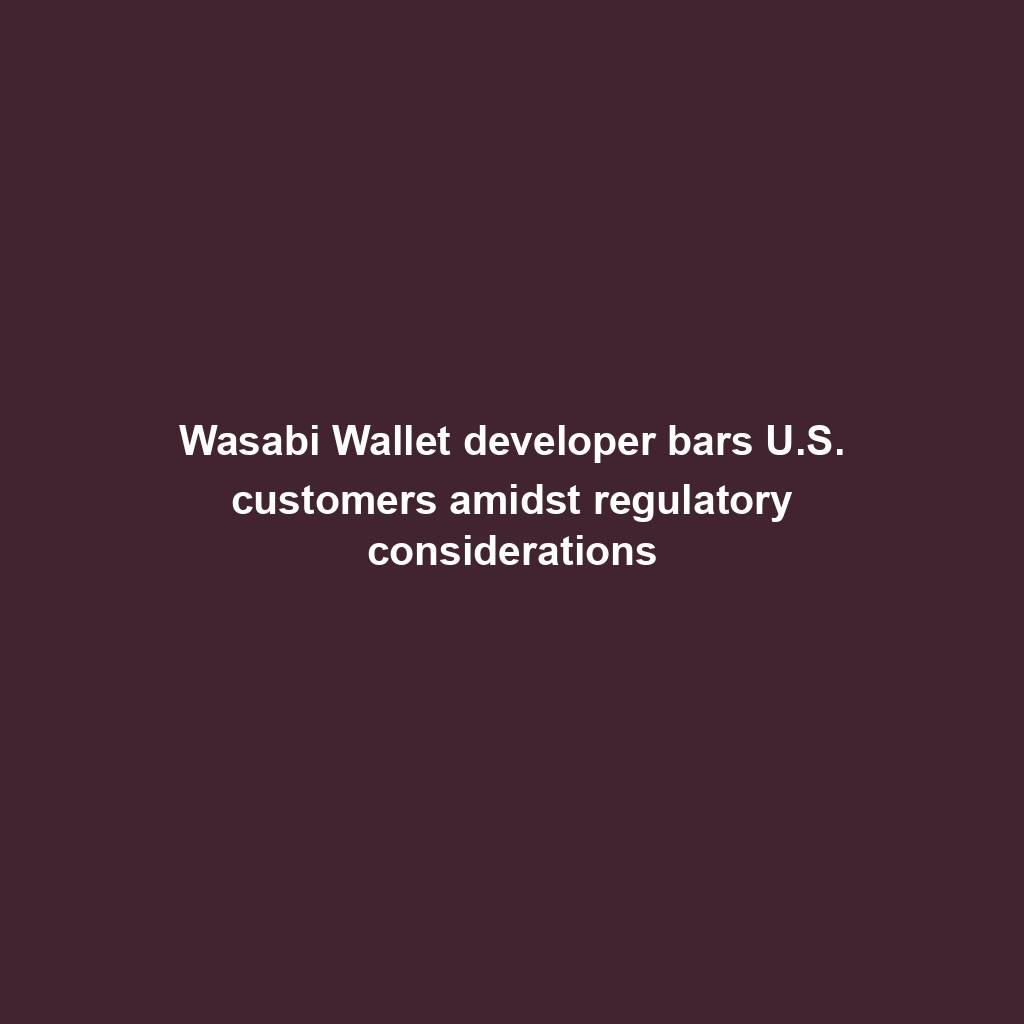
Analyst Foresees Peak In Late 2025
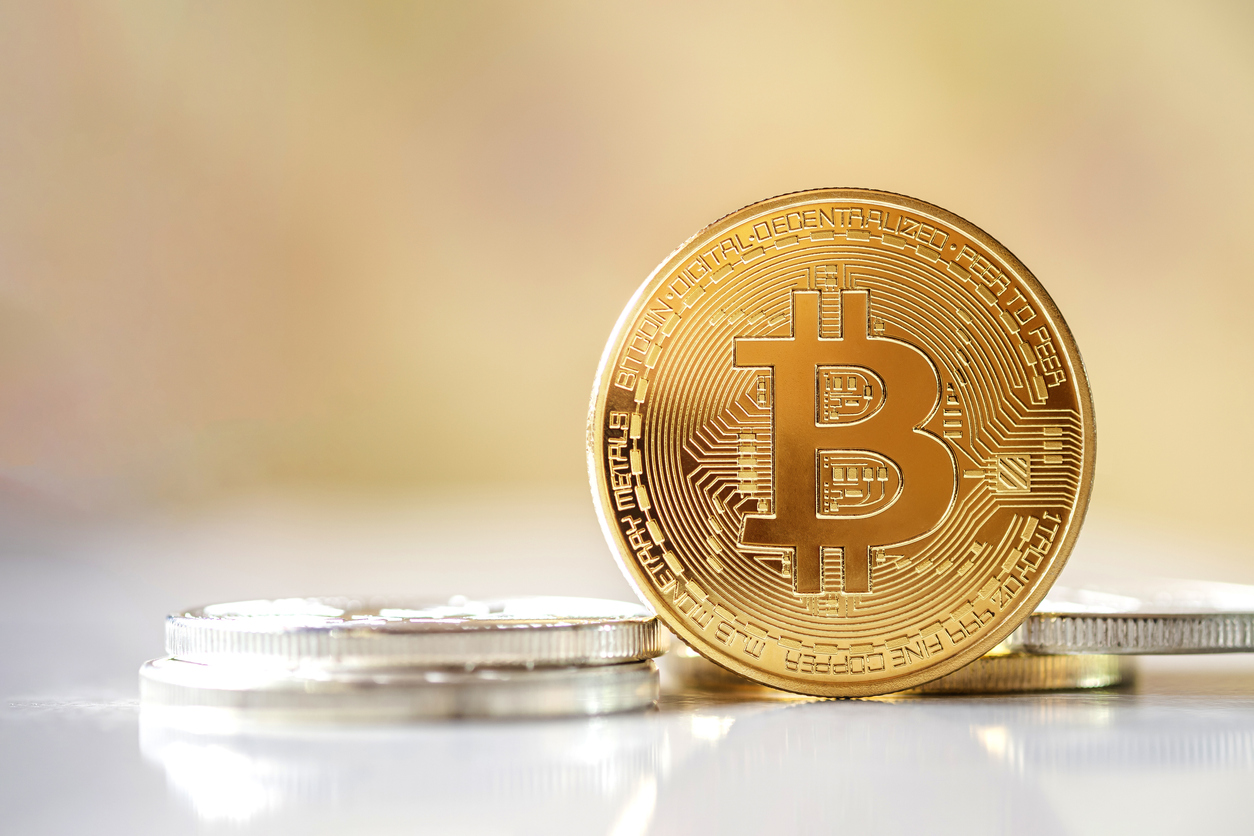
Solo Bitcoin miner wins the three.125 BTC lottery, fixing legitimate block

Ace Exchange Suspects Should Get 20-Year Prison Sentences: Prosecutors

Google Cloud's Web3 portal release sparks debate in crypto trade
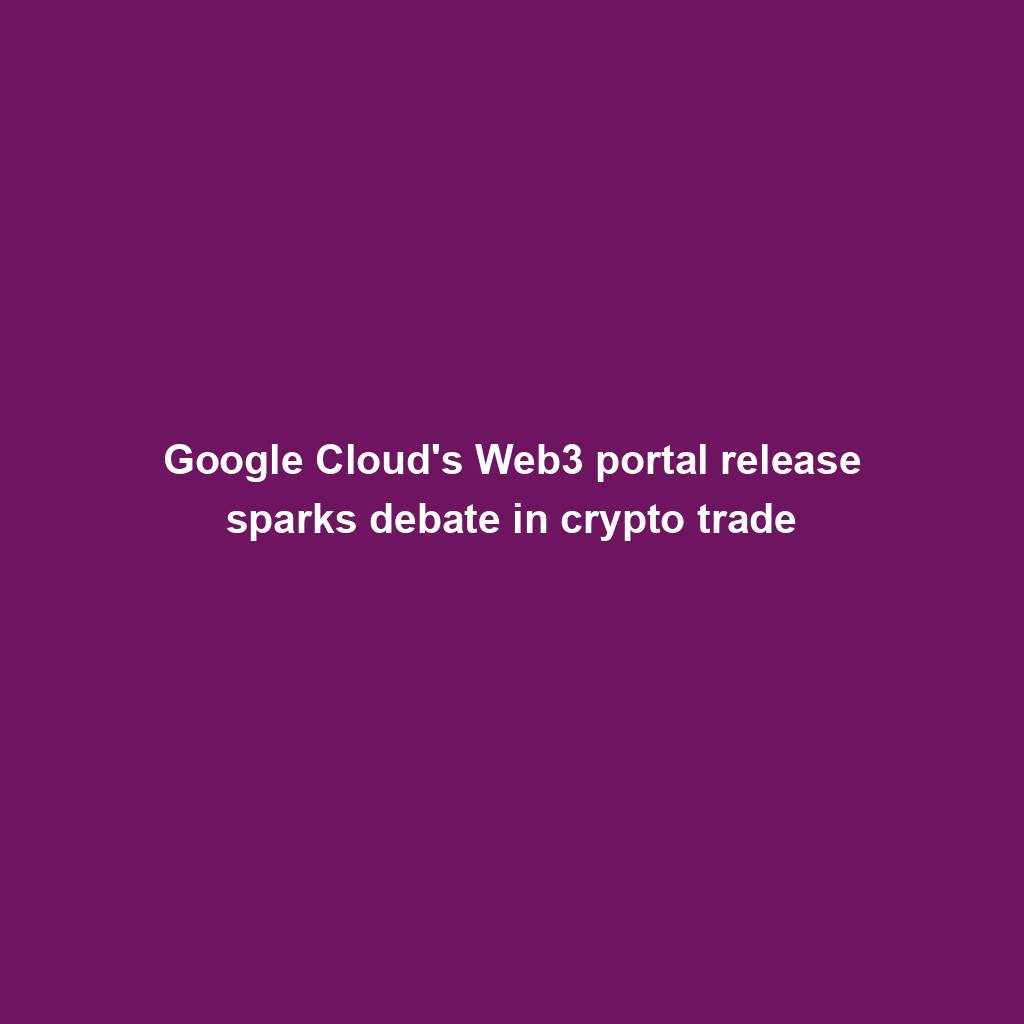
Bitcoin Primed For $77,000 Surge

Bitbot’s twelfth presale level nears its finish after elevating $2.87 million
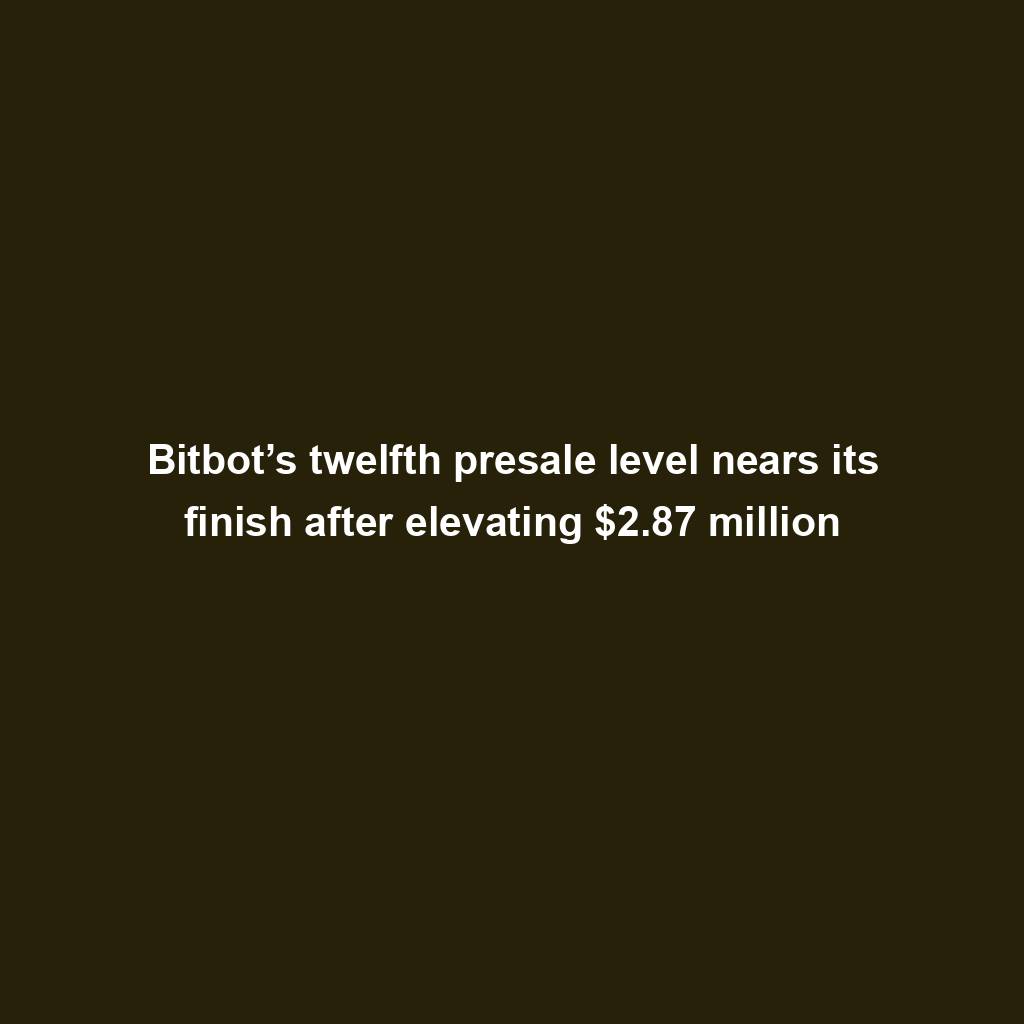
PANDA and MEW bullish momentum cool off: traders shift to new altcoin

Commerce technique: Ecommerce is useless, lengthy are living ecommerce

Republic First Bank closed by way of US regulators — crypto neighborhood reacts
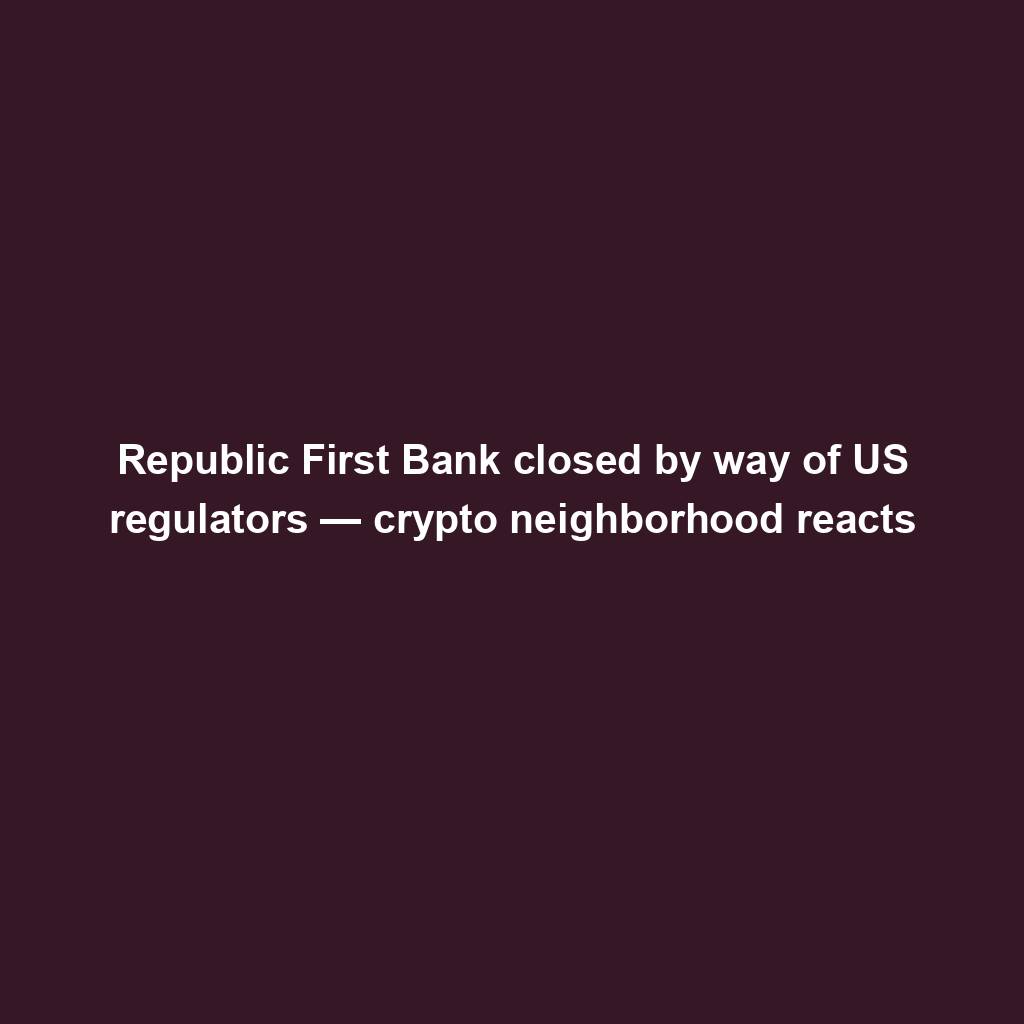
China’s former CBDC leader is beneath executive investigation
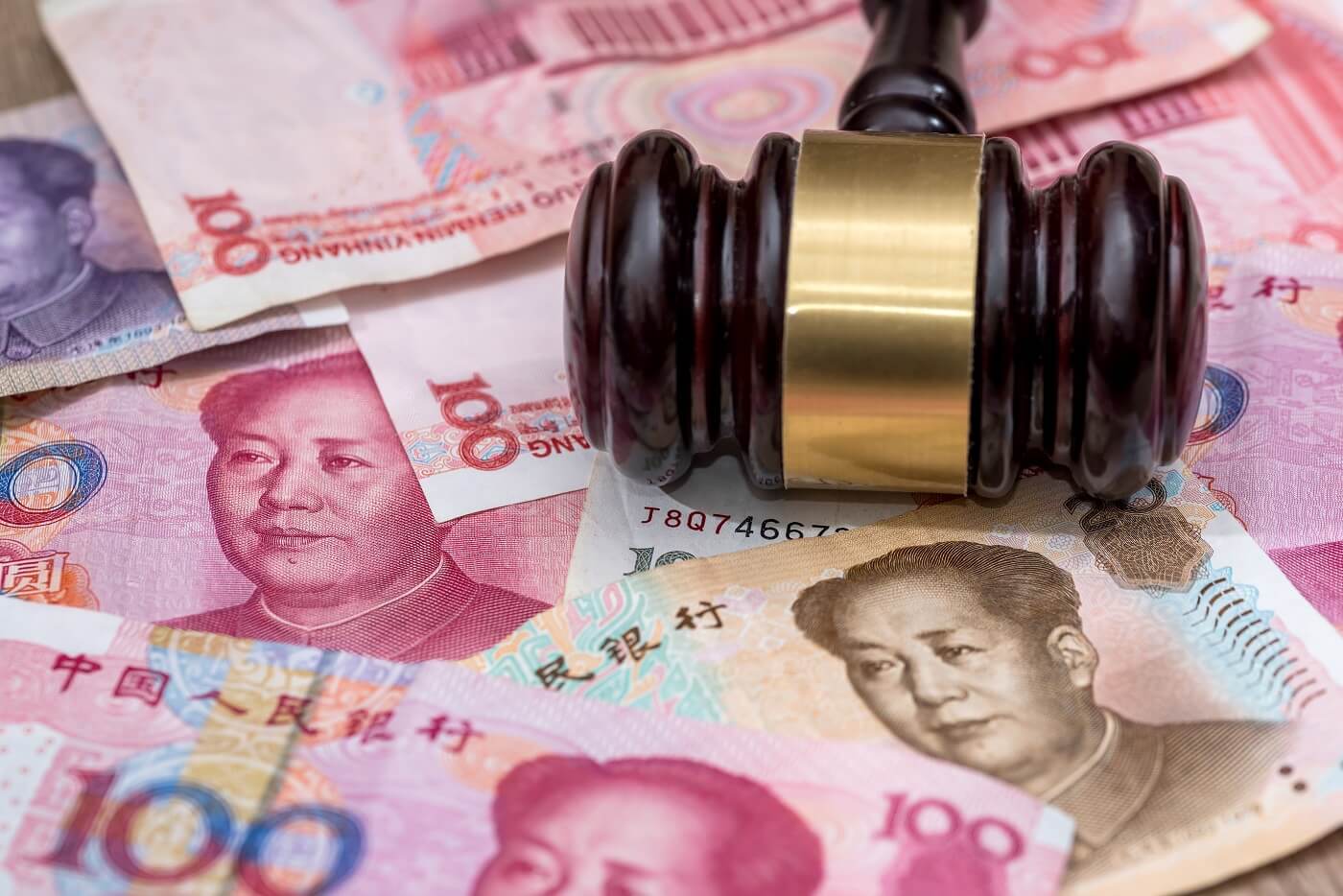
Bigger isn’t all the time higher: How hybrid Computational Intelligence development permits smaller language fashions
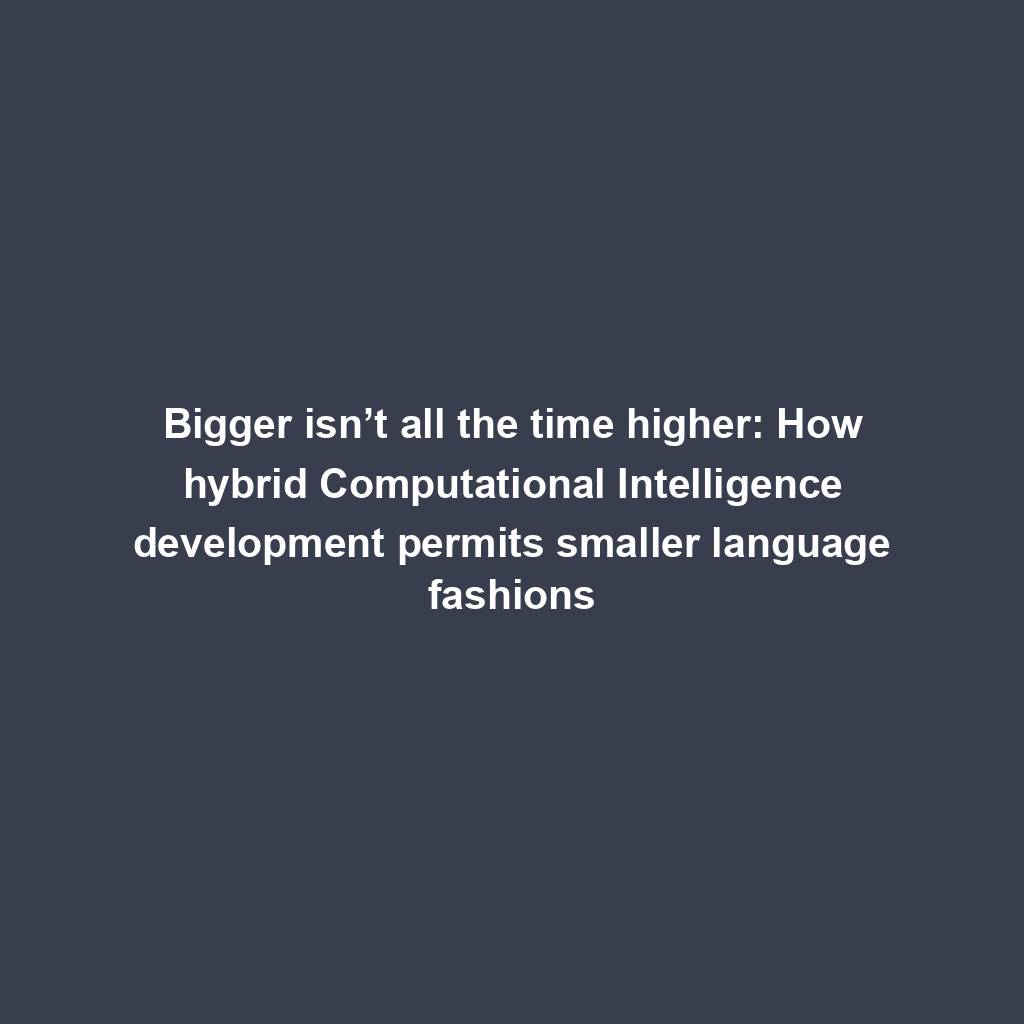
Pantera Capital buys extra Solana (SOL) from FTX
Successful Beta Service release of SOMESING, ‘My Hand-Carry Studio Karaoke App’

SEC sues Bitcoin miner Geosyn Mining for fraud; Bitbot presale nears $3M
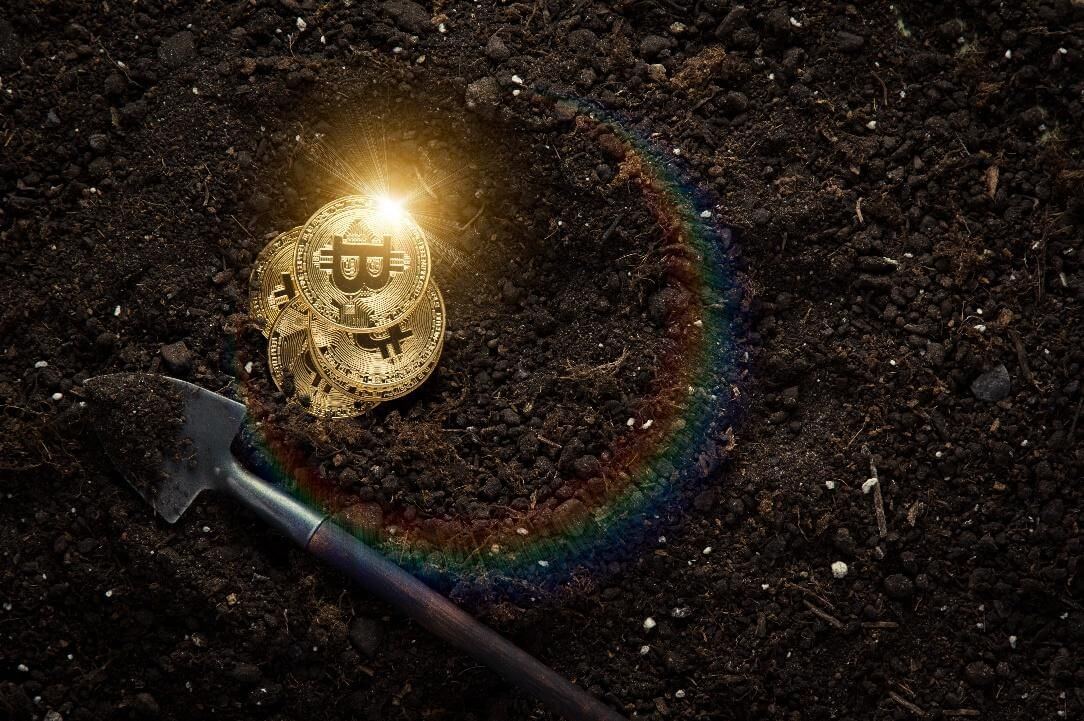
Business procedure reengineering (BPR) examples

85% Of Altcoins In “Opportunity Zone,” Santiment Reveals
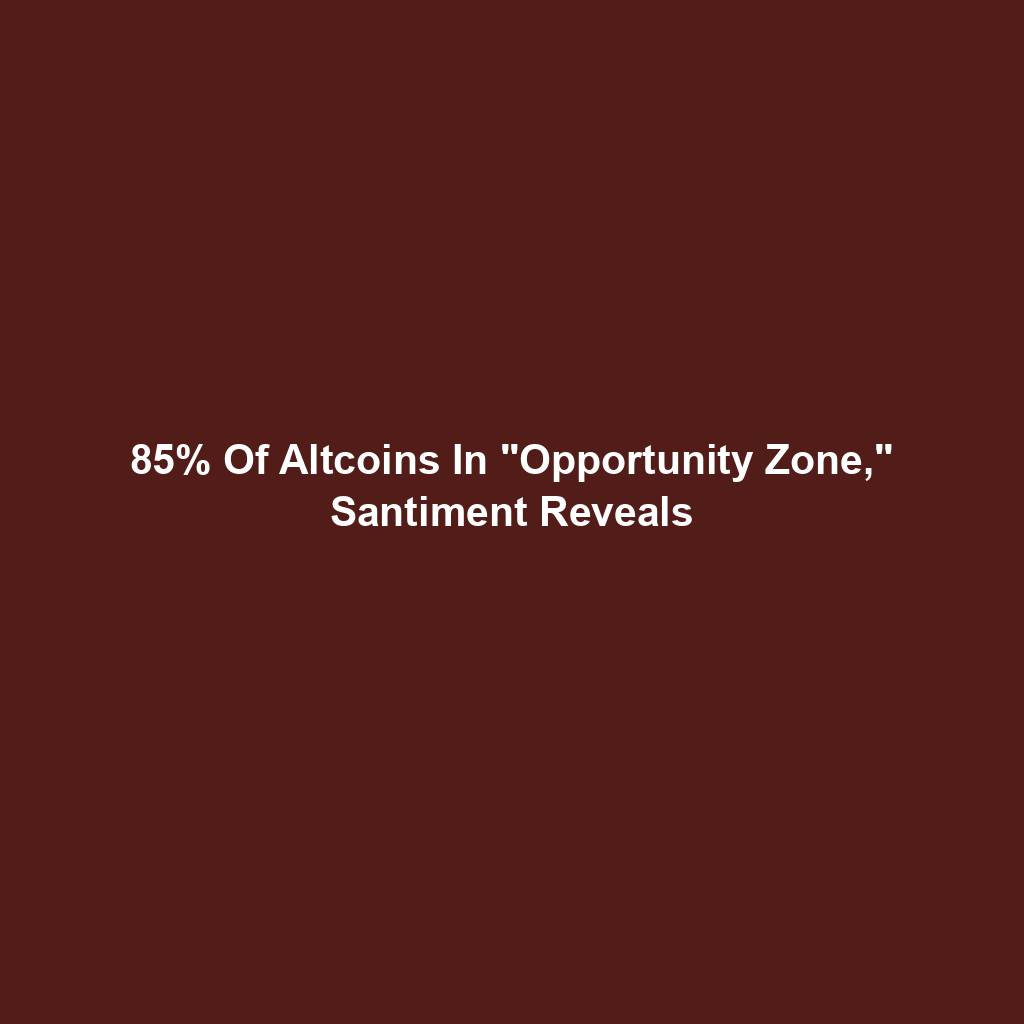
Sam Altman’s Worldcoin eyeing PayPal and OpenAI partnerships

Artificial Intelligence transforms the IT strengthen enjoy
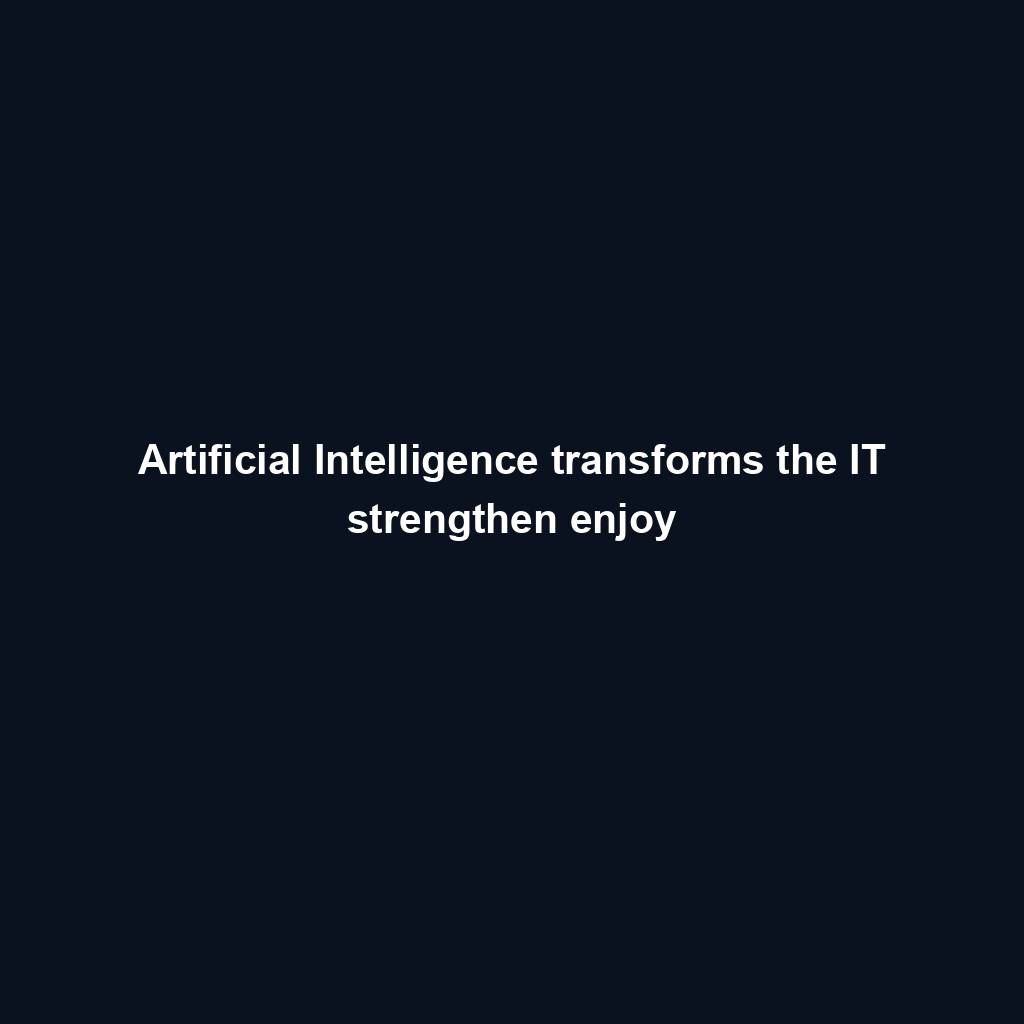
Franklin Templeton tokenizes $380M fund on Polygon and Stellar for P2P transfers
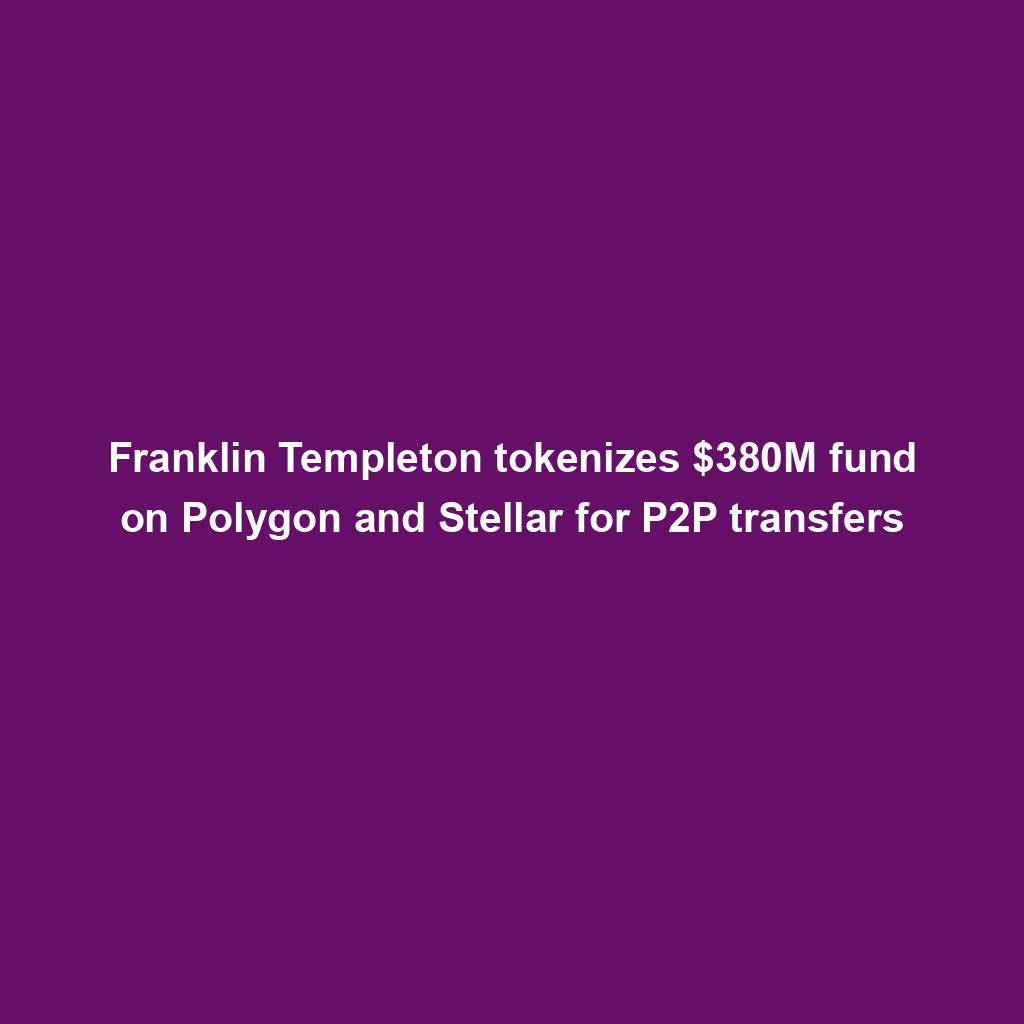
Meta’s letting Xbox, Lenovo, and Asus construct new Quest metaverse {hardware}
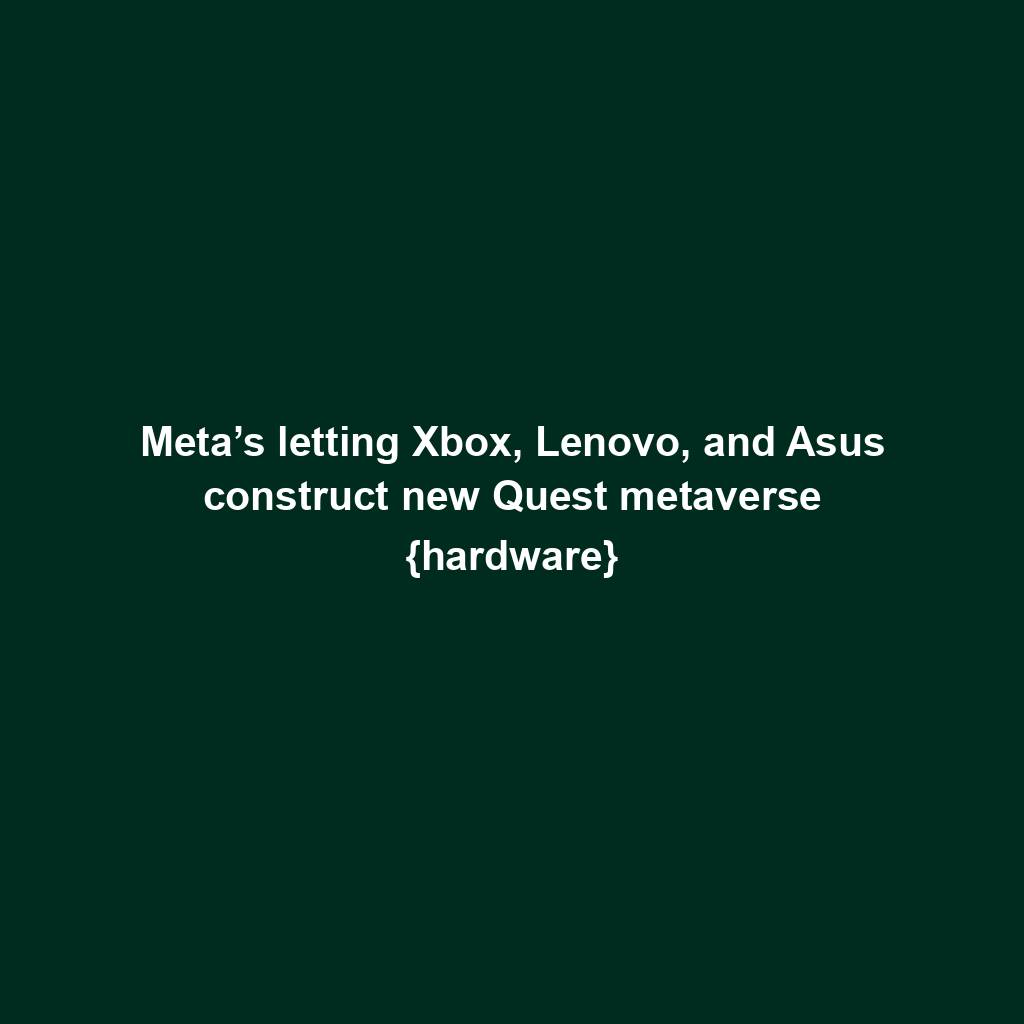
Shiba Inu (SHIB) unveils bold Shibarium plans as Kangamoon steals the display
